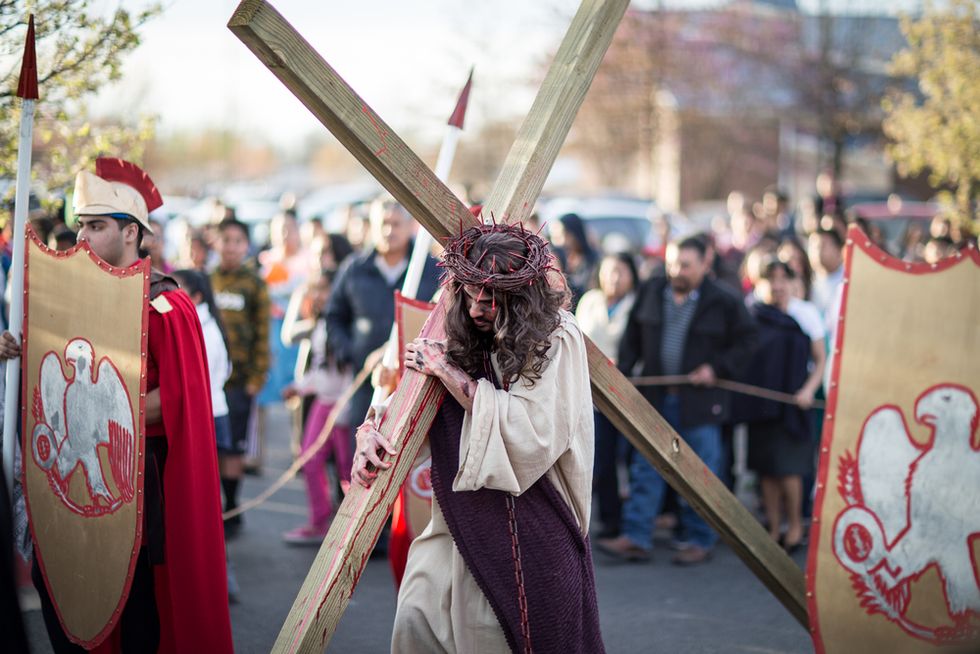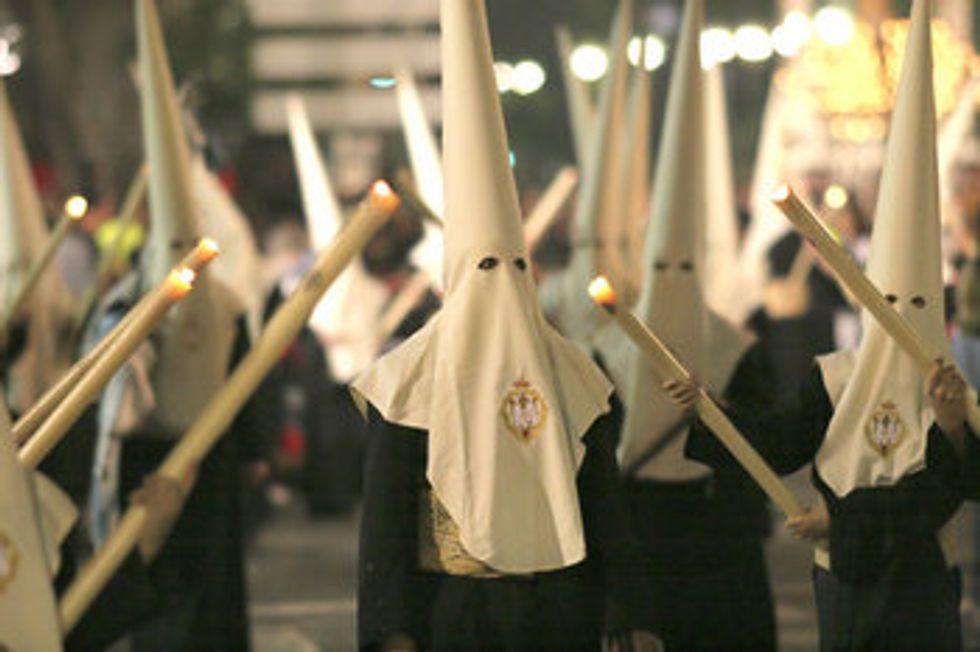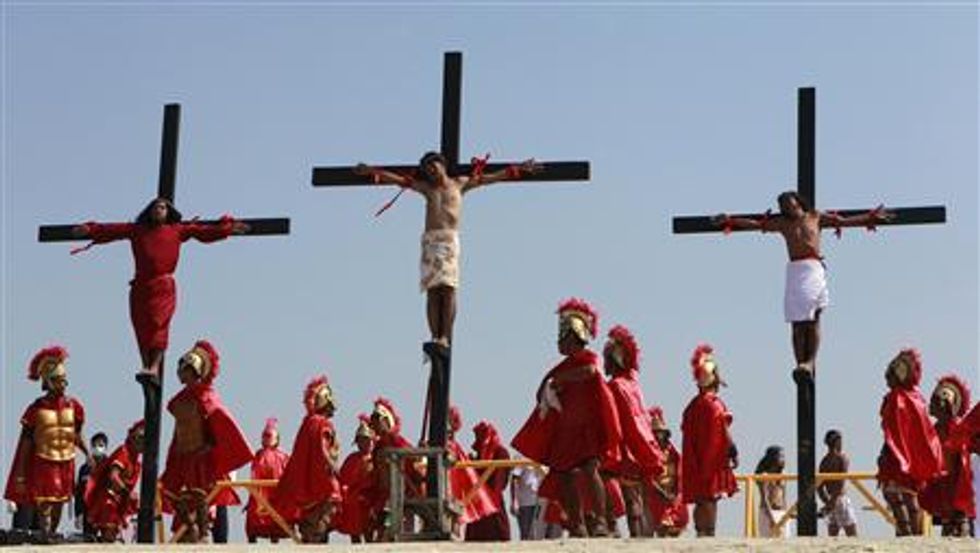Easter is celebrated throughout many Catholic and predominantly Catholic countries throughout the world. Here are some typical Easter traditions of various countries!
1. Poland
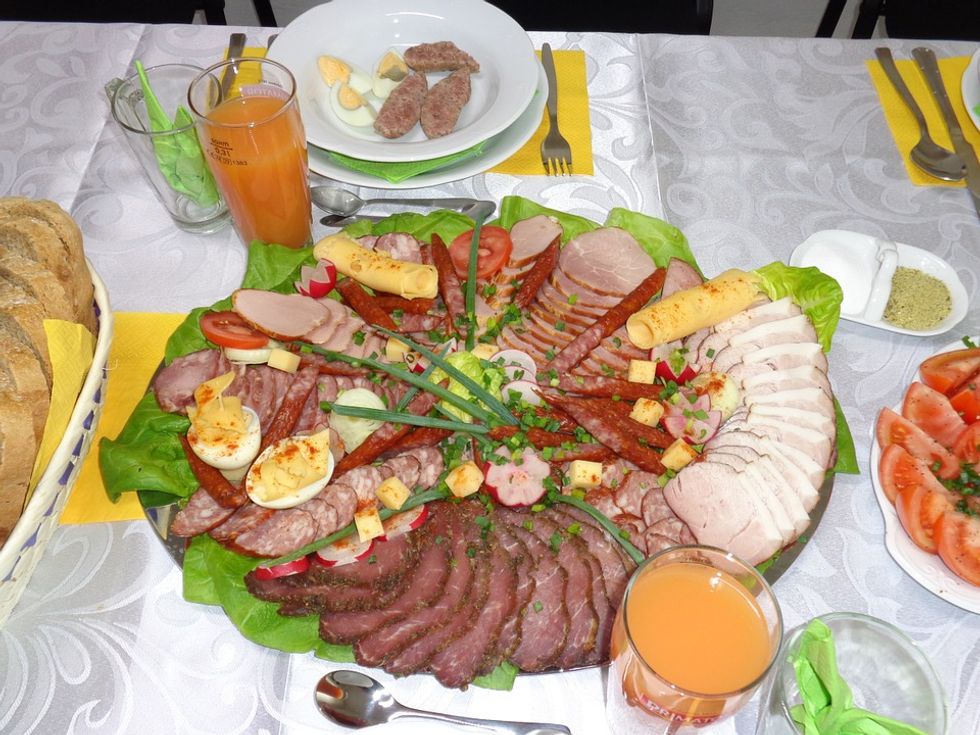
2. Germany
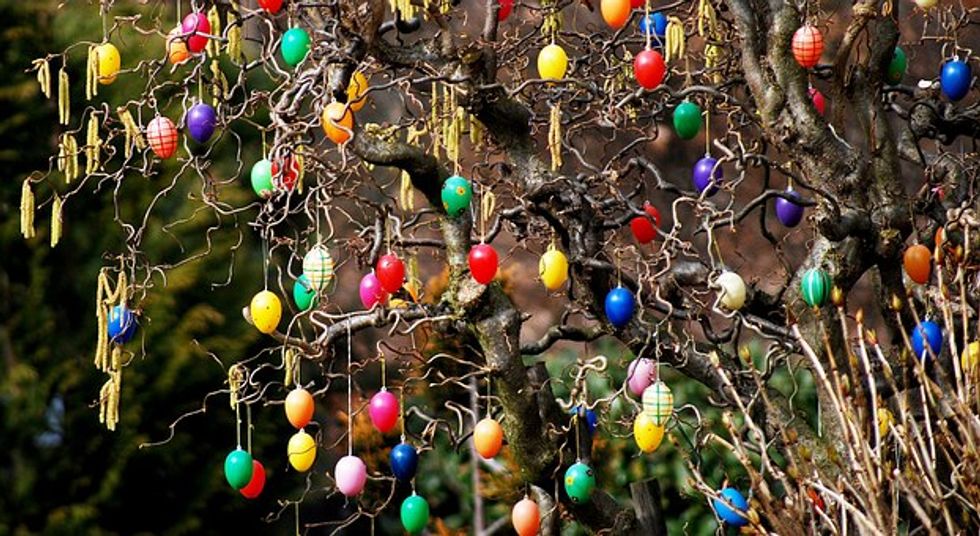
3. Mexico
The Easter season in Mexico is a huge celebration lasting for 2 weeks, from Palm Sunday to Easter Sunday (Holy Week), and then the entire week after Easter. During this time children do not have school and many workers as well because it is a time of celebration and religious observance. As part of the celebrations, plays and processions are very common during Holy week. However, Easter Sunday tends to be quiet and families celebrate with their own. It is also not typical to see easter bunnies or chocolate eggs in Mexico for Easter.
4. Spain
In Spain, Holy Week, Semana Santa, are very solemn days celebrated through processions, in dark colors and floats. However, on Easter Sunday, these floats are replaced with bright colorful colors and festivities begin. During the processions, people wearing penitential robes cover their faces with cone-shaped masks that date back to the medieval times. Their ages range from children to adults and they carry candles and wooden crosses.
5. Philippines
During Mahal na Araw, Holy Week, people in the Philippines read Pabasa, which are religious texts. On Good Friday, in a town called San Fernando, more than 1000 participants in a sacrifice event. Men and women make sacrifices which include beating themselves with sharpened chains and create wounds on their bodies. They are then crowned with branches and leaves (usually those of guava). Next, they walk barefoot and stop in front of a chapel or house where pabasa is read. When there they turn towards them, fall on their knees, make a sign of the cross and lay face down. People accompanying them then whip them.These sacrifices are meant to represent the sacrifice of Jesus dying on the cross. On Easter Sunday processions are festive rather than somber and celebrations are held. Children color eggs and have easter egg hunts.


